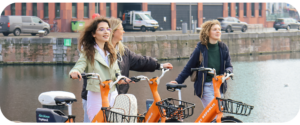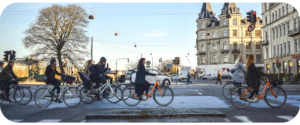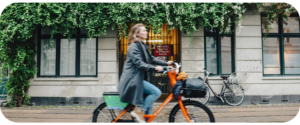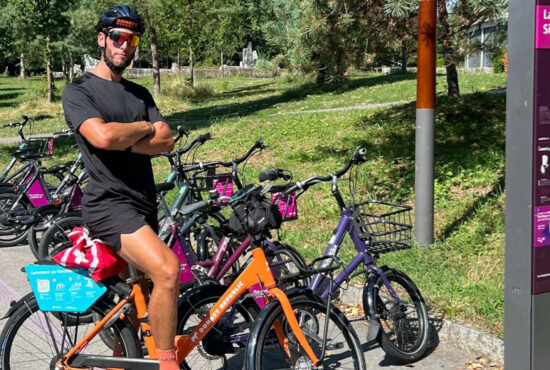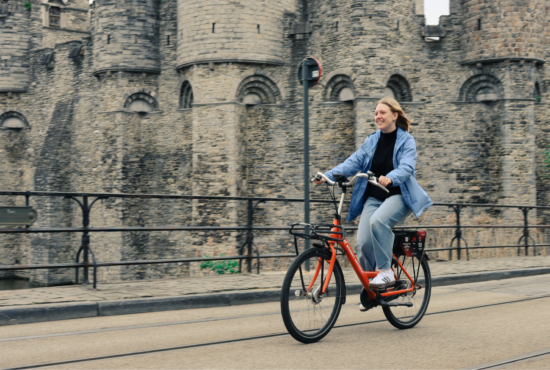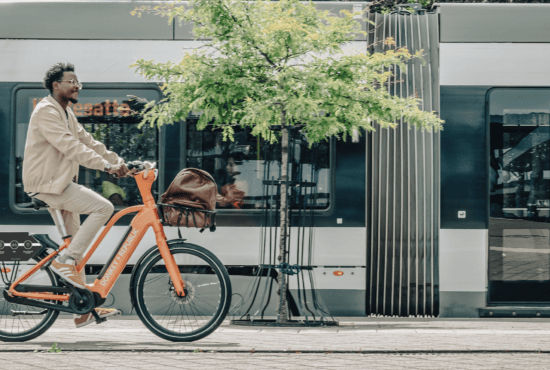Did you know that women make up only 25% of micro mobility users, including bike sharing? Amongst Donkey Republic riders that rate can go up to 37%, but there is still a long way to go. Despite the many benefits of cycling – such as improved physical health, reduced commuting time, and saving money – women are still significantly underrepresented on two wheels. To close this gender gap in cycling, we need to understand why it still exists, and take actions to create safer and more inclusive environments for women to cycle in.
Why do women cycle less?
Safety is a crucial factor in encouraging women to cycle more. Women perceive cycling as a risky activity when there is a lack of dedicated infrastructure and the presence of fast-moving traffic. A European Commission study revealed that traffic safety was identified as a challenge for cycling by 26% more women than men. Women also tend to travel shorter distances and have more stops during their rides, making weather conditions, traffic safety, and the challenge of transporting groceries and bags additional concerns.
Making cycling safer by creating protected bike lanes
The Gender and Smart Mobility report highlights that women are more risk-averse than men when it comes to cycling, which makes the share of women cycling in a city a good indicator of how safe it is to cycle. One of the ways to improve safety for cyclists is to install a network of protected bike lanes. They create a sense of safety with a physical barrier between cars and bikes. The presence of protected bike lanes encourages more people, especially women, to cycle. For instance, in New York City, the number of women cyclists increased by 50% after the installation of protected bike lanes
Investing in quality infrastructure
Investing in quality infrastructure is essential to encourage cycling – for everyone. Our hometown of Copenhagen, Denmark, is a city with one of the highest cycling rates in the world. Copenhagen’s success can be attributed to the city’s investment not only in protected bike lanes, but in quality cycling infrastructure like bike-only bridges, cycling highways, footrests at intersections, and parking facilities. In Copenhagen, the cycling infrastructure is designed to be safe, accessible, and welcoming for everyone. The city’s investment in cycling infrastructure has also contributed to a decrease in traffic congestion and air pollution.
Gender-inclusive vehicle design
At Donkey Republic, we strive to make cycling accessible to all and have designed our bikes with women in mind to make them feel more comfortable using bike-sharing. Our orange bikes, for example, have lower crossbars to make it easier for individuals of all sizes and wearing any attire to get on and off. Our hardware and product design team – which is women-led – is dedicated to creating gender-inclusive solutions and industry standards that promote safer and more welcoming cities for all.
As we celebrate Women’s Month, it’s crucial to reflect on the gender gap that exists in urban cycling and take steps to close it. At Donkey Republic, we are dedicated to making cycling more accessible and safer for women in every aspect of our design and operations. By designing innovative solutions and working closely together with cities, we want to contribute to even more inclusive modes of transportation and increase the number of women on two wheels.
Download the Donkey Republic App
and start riding
